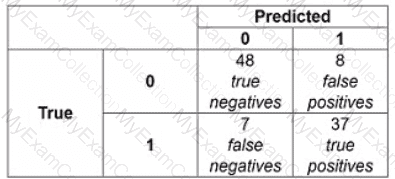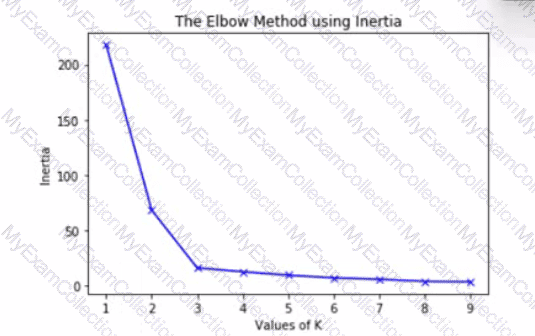A healthcare company experiences a cyberattack, where the hackers were able to reverse-engineer a dataset to break confidentiality.
Which of the following is TRUE regarding the dataset parameters?
Which of the following models are text vectorization methods? (Select two.)
In which of the following scenarios is lasso regression preferable over ridge regression?
Which of the following tests should be performed at the production level before deploying a newly retrained model?
A change in the relationship between the target variable and input features is
Which three security measures could be applied in different ML workflow stages to defend them against malicious activities? (Select three.)
Which of the following is the primary purpose of hyperparameter optimization?
You and your team need to process large datasets of images as fast as possible for a machine learning task. The project will also use a modular framework with extensible code and an active developer community. Which of the following would BEST meet your needs?
The following confusion matrix is produced when a classifier is used to predict labels on a test dataset. How precise is the classifier?

Which of the following principles supports building an ML system with a Privacy by Design methodology?
Which of the following describes a neural network without an activation function?
Which of the following is a type 1 error in statistical hypothesis testing?
You have a dataset with thousands of features, all of which are categorical. Using these features as predictors, you are tasked with creating a prediction model to accurately predict the value of a continuous dependent variable. Which of the following would be appropriate algorithms to use? (Select two.)

The graph is an elbow plot showing the inertia or within-cluster sum of squares on the y-axis and number of clusters (also called K) on the x-axis, denoting the change in inertia as the clusters change using k-means algorithm.
What would be an optimal value of K to ensure a good number of clusters?
Which two of the following decrease technical debt in ML systems? (Select two.)
Which of the following occurs when a data segment is collected in such a way that some members of the intended statistical population are less likely to be included than others?
You are implementing a support-vector machine on your data, and a colleague suggests you use a polynomial kernel. In what situation might this help improve the prediction of your model?
Which two of the following criteria are essential for machine learning models to achieve before deployment? (Select two.)
Which of the following items should be included in a handover to the end user to enable them to use and run a trained model on their own system? (Select three.)
Word Embedding describes a task in natural language processing (NLP) where:

